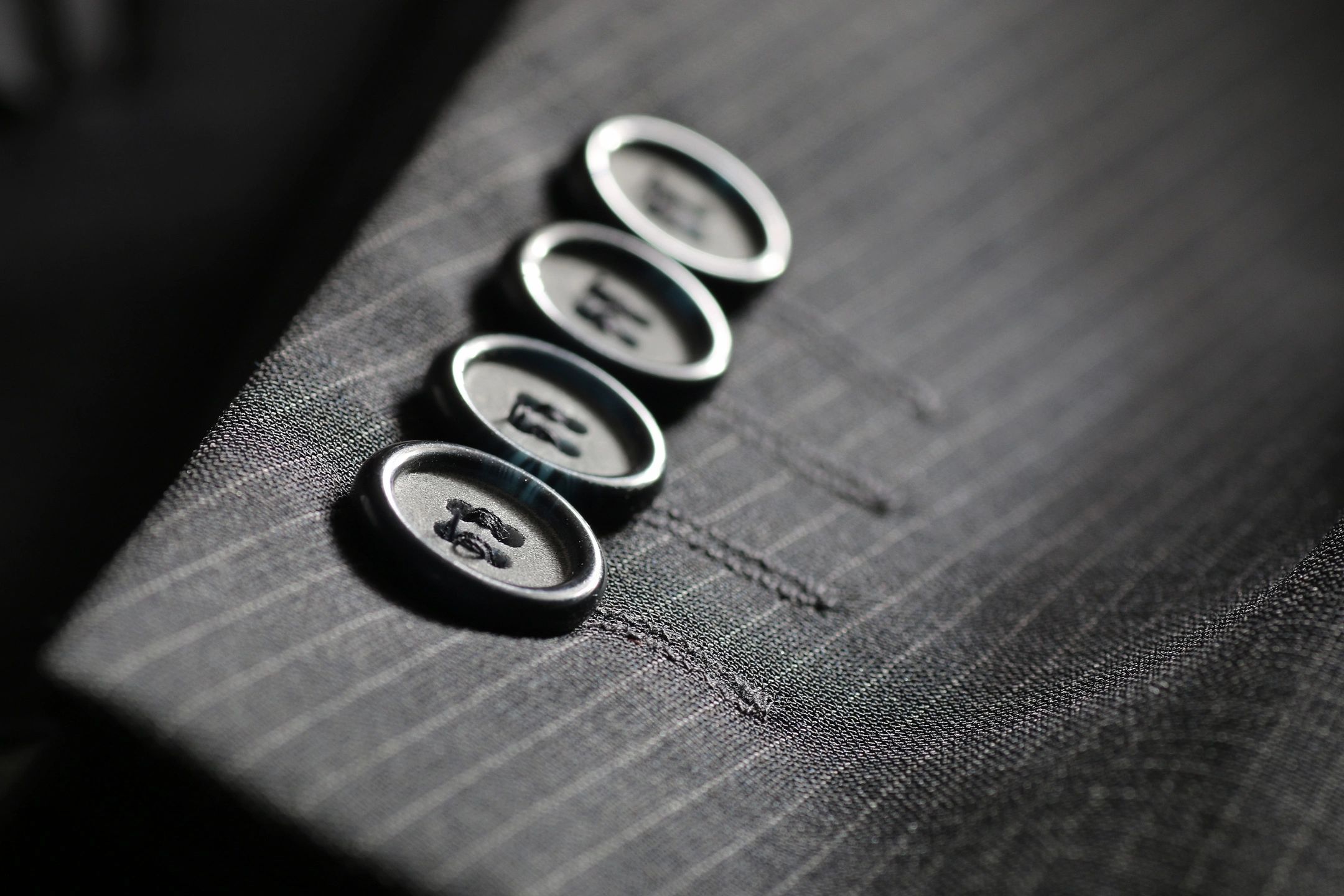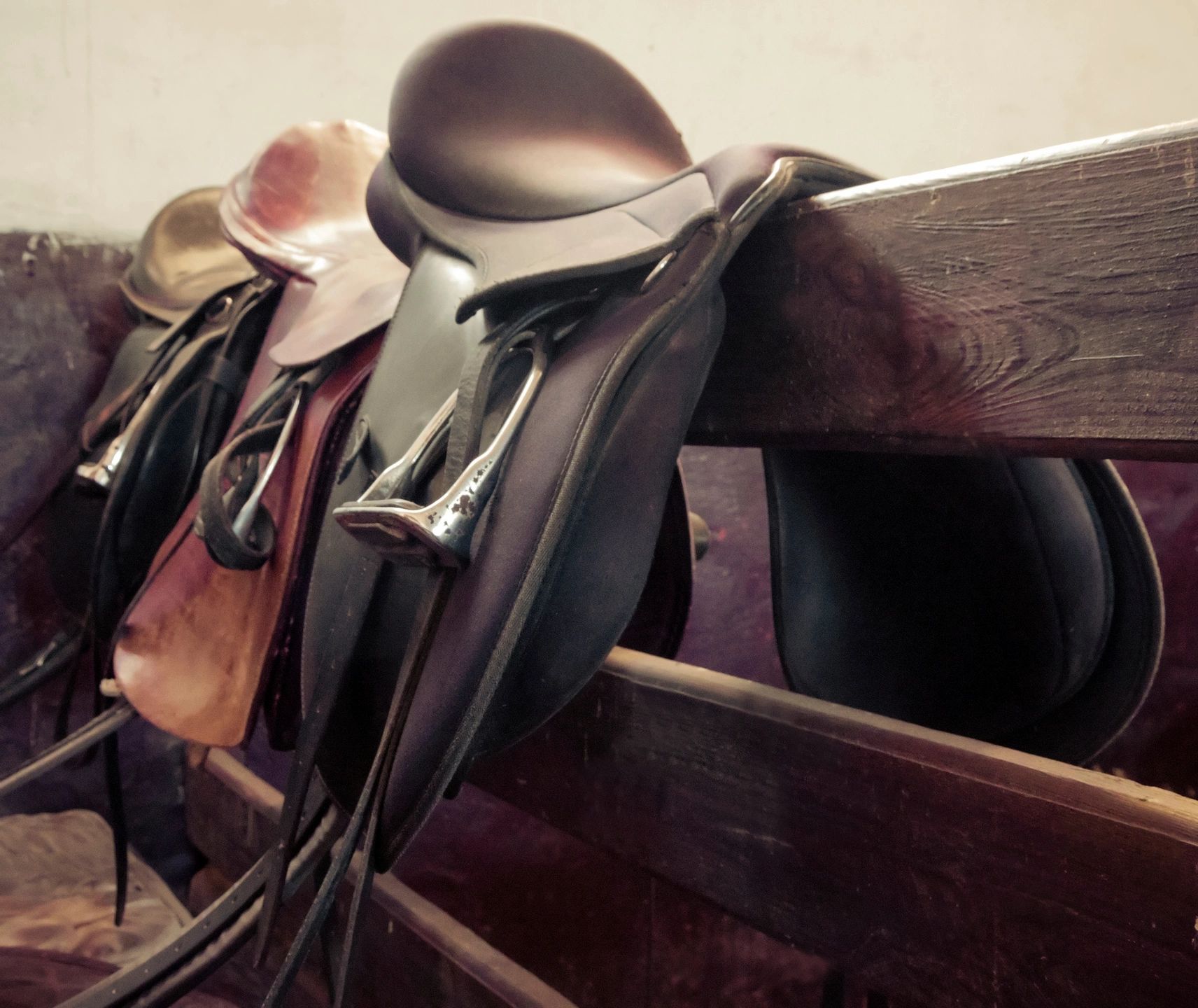By GEORGE STAHL
When certain social practices started there may have been strong logical reasons for them. However, as the times changed and progressed, some of these once normal and necessary things were no longer that. Today, some may even have implied overtones of discrimination and bias.
One of these practices is the placement of the buttons on men’s and women’s shirts and blouses. Men’s buttons are on the right and women’s on the left. Perfectly logical and widely accepted reasons were that men were more inclined to button their own buttons. They did not need to have someone else button their shirts or trousers. They were perfectly capable of doing this on their own. That’s what the men of the 17th century were rugged and full of piss and vinegar. Throughout history, men have always buttoned their own buttons. You would not catch a 17th century infantryman in the American Revolutionary War, whether American or British, having someone from his ranks buttoning his buttons. Do you think George Washington needed someone to be his official button buttoner? No sir! They did not! Real men, as it turns out, cannot only wear pink shirts, but they can button their own buttons.
These men were strong and confident, but what about the women of the era? Many of them, although young, were frail and in the habit of being pampered. The thought of them buttoning their own blouses was never really even a thought. So, a solution had to be found and in a hurry! That skirmish called the American Revolution was about to come to a climax. Obviously, there were going to be celebrations, balls, dances and dinners. The women of the new United States could not show up to these affairs with unbuttoned blouses! Although that would have given the word affair a new meaning if they had. Something must be done! American ingenuity took over. The answer was to have the ladies servants, maids and slaves button their blouses for them. But when this was first tried, the slaves and servants were all thumbs.
Buttoning a blouse from the right side while standing in front of the blouse was impossible. The ladies in elitist drama queen style, demanded a solution to the problem. So, as simple as it sounds, someone said, put the buttons on the left. Light bulb after light bulb went on over the heads of merchants everywhere. Even though the light bulb was still over a hundred years away, and the word bulb was only used in reference to a flower, the idea was born. Women’s buttons were placed on the left side of the garment. Ladies everywhere were pleased, and in turn the servants, maids and slaves who buttoned these blouses were also very grateful. In their case it was a matter of self-preservation. It had been well known that if a slave were to not get the buttoning right, it could mean severe punishment. So, when their task was made easier, it was a good thing.
As the years passed by, changes happened. Fashions came and went; trends sprang up and then disappeared. Dresses grew in length, then they became shorter, and shorter still. Collars thinned and they widened, colors changed hues, and fabrics were discarded to make room for newer, sleeker, shinier and softer ones. Even undergarments went through transformations. Bulky corsets were replaced and slips came into fashion. Men’s options changed just as rapidly as their female counterparts. Eventually even buttons were replaced by bands of leather or hooks and eyes.
As all of these fashion changes were taking place, the world around us was changing too. The political climate was changing and the people running for office were paying attention to what the voters were wearing. Men would not be the only gender in the White House. Women were holding higher- and higher-ranking political offices, and their influence carried a lot of weight on how the country followed.
With all of this change and progression in the areas of the sexual revolution and social change, one thing that did not change, did not progress was the button. For over 200 years the position of the button and the buttonhole has not changed on a woman’s blouse. It is still on the left like it was originally designed. For a slave to dress her mistress. We have changed the name of a pancake mix, and have relabeled butter, torn down statues and rebranded sports teams, but women’s buttons remain unchanged. Odd? ‘Button button, whose got the button?’
We have assigned a box of pancake mix an enormous amount of power. To the egregious placement of the button on a woman’s blouse, however, we give none. Odd? ‘Button, button. Who’s got the bias button?’





